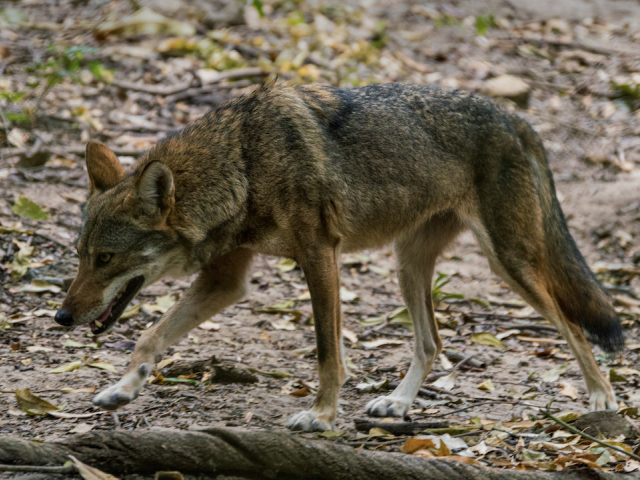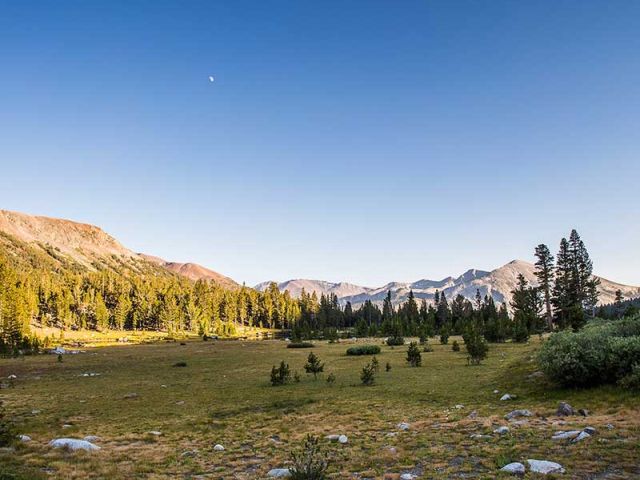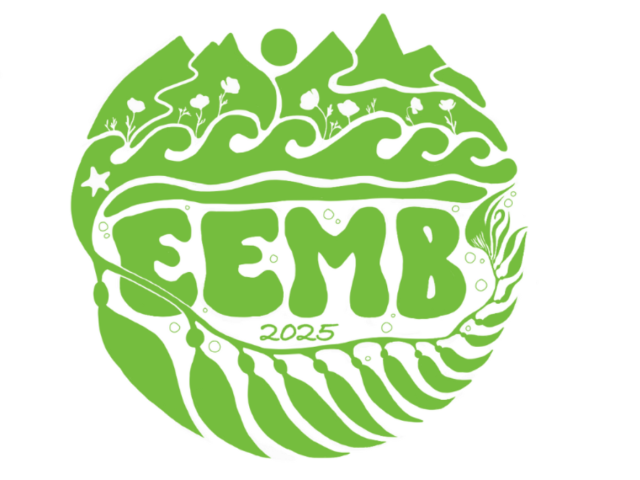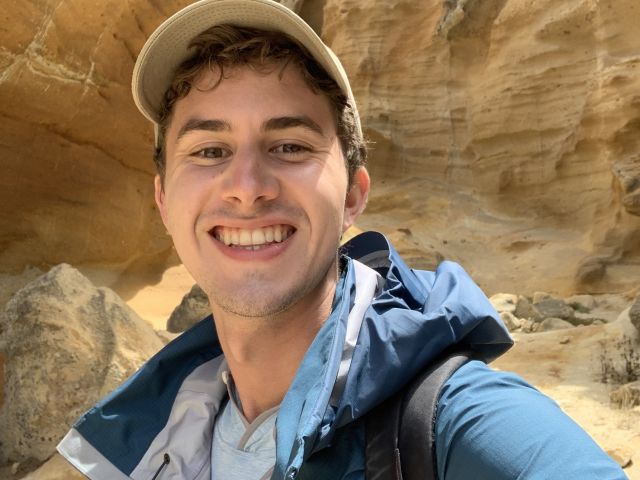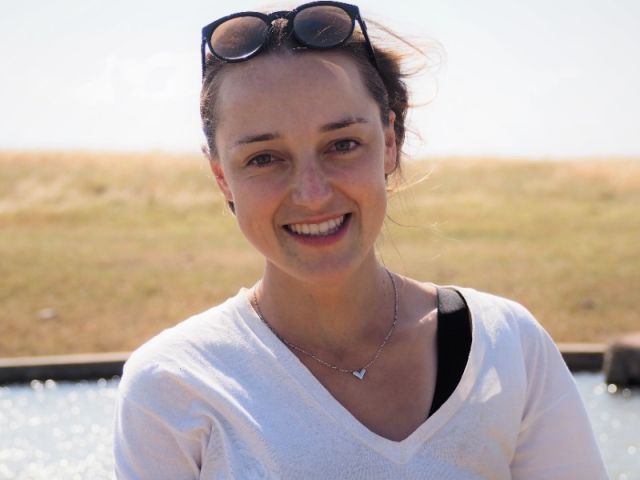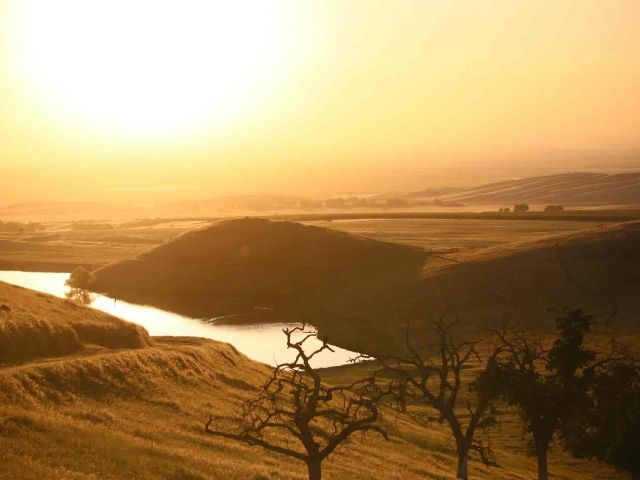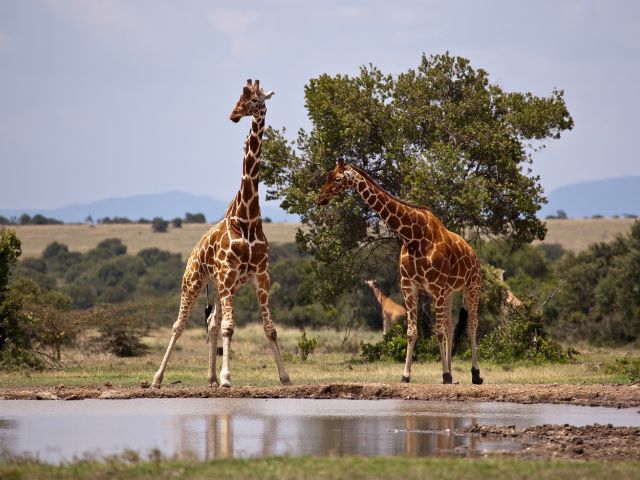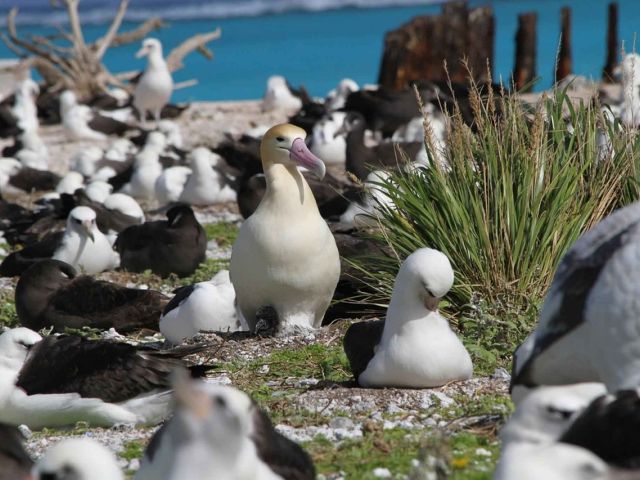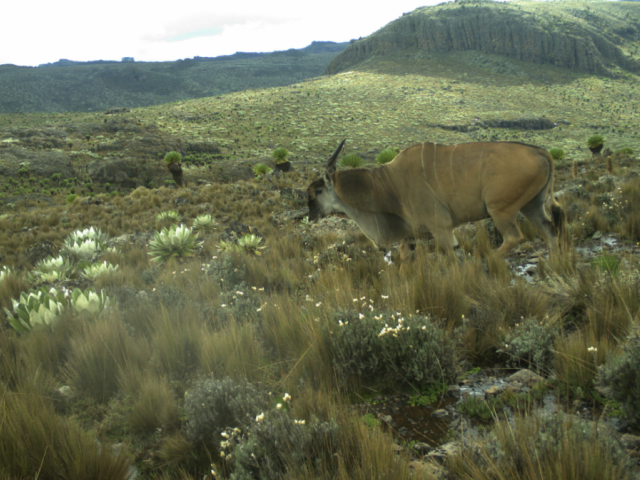Welcome to the Young Lab
Research in our lab lies at the intersection of community ecology and conservation biology. Specifically, we focus on understanding the effects of wildlife loss and human disturbance on community structure and ecosystem function. We work at both local and global scales, utilizing a range of observational, experimental, and meta-analytical approaches. For opportunities in our lab, please look under the Join Us tab.
Lab meetings
Lab meetings for the Fall Quarter are held on Tuesdays from 12:00 to 1:00 pm in Noble 1231. All are welcome to attend.
News
Click on images below for more information or go to our News tab for more Young Lab related news.
Recent Publications
View recent publications of Young Lab Members here or go to our Publications tabs for more.

